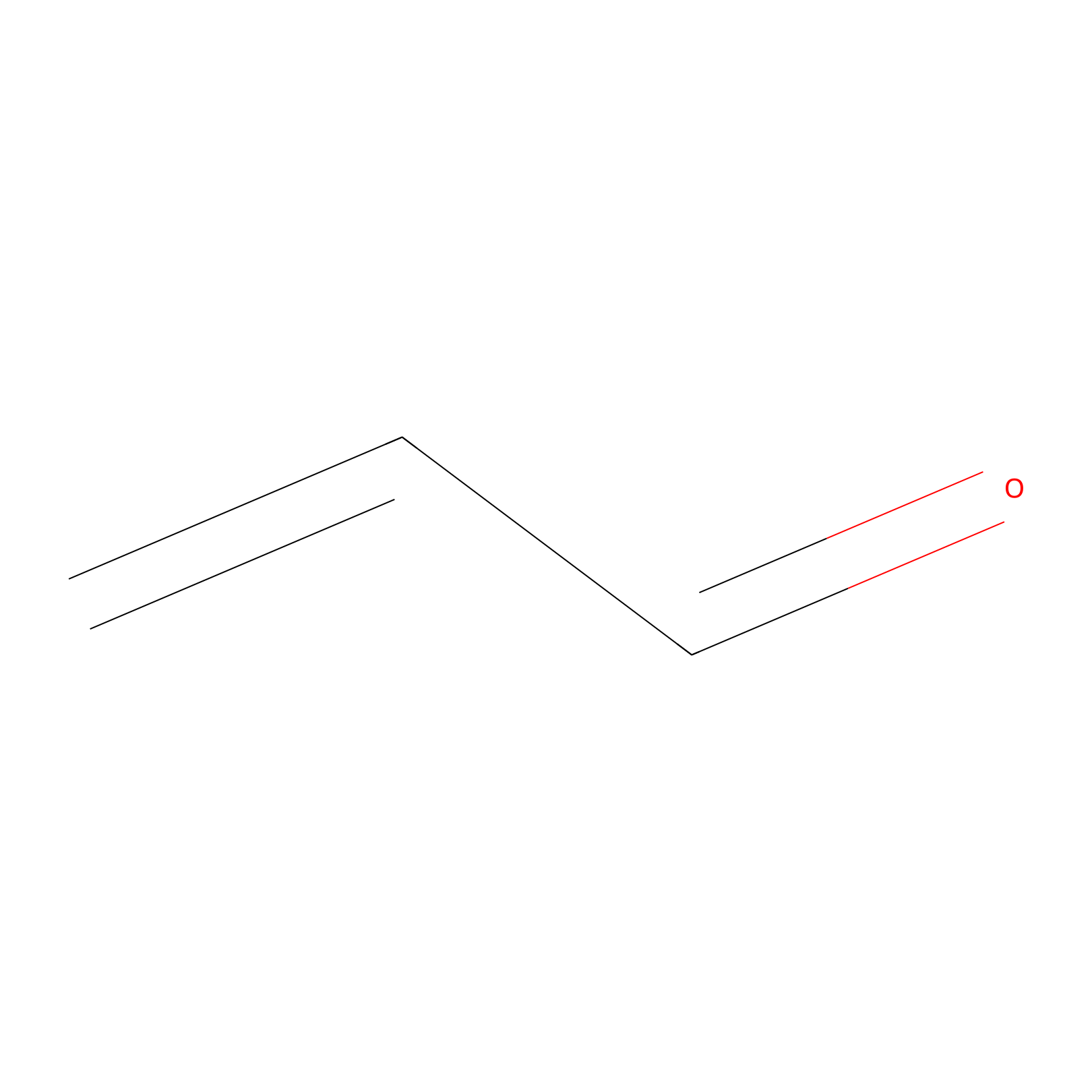Details of the Target
General Information of Target
| Target ID | LDTP11444 | |||||
|---|---|---|---|---|---|---|
| Target Name | E3 ubiquitin-protein ligase RNF26 (RNF26) | |||||
| Gene Name | RNF26 | |||||
| Gene ID | 79102 | |||||
| Synonyms |
E3 ubiquitin-protein ligase RNF26; EC 2.3.2.27; RING finger protein 26 |
|||||
| 3D Structure | ||||||
| Sequence |
MADISLDELIRKRGAAAKGRLNARPGVGGVRSRVGIQQGLLSQSTRTATFQQRFDARQKI
GLSDARLKLGVKDAREKLLQKDARFRIKGKVQDAREMLNSRKQQTTVPQKPRQVADAREK ISLKRSSPAAFINPPIGTVTPALKLTKTIQVPQQKAMAPLHPHPAGMRINVVNNHQAKQN LYDLDEDDDGIASVPTKQMKFAASGGFLHHMAGLSSSKLSMSKALPLTKVVQNDAYTAPA LPSSIRTKALTNMSRTLVNKEEPPKELPAAEPVLSPLEGTKMTVNNLHPRVTEEDIVELF CVCGALKRARLVHPGVAEVVFVKKDDAITAYKKYNNRCLDGQPMKCNLHMNGNVITSDQP ILLRLSDSPSMKKESELPRRVNSASSSNPPAEVDPDTILKALFKSSGASVTTQPTEFKIK L |
|||||
| Target Bioclass |
Enzyme
|
|||||
| Subcellular location |
Endoplasmic reticulum membrane
|
|||||
| Function |
E3 ubiquitin-protein ligase that plays a key role in endosome organization by retaining vesicles in the perinuclear cloud. Acts as a platform for perinuclear positioning of the endosomal system by mediating ubiquitination of SQSTM1 through interaction with the ubiquitin conjugating enzyme UBE2J1. Ubiquitinated SQSTM1 attracts specific vesicle-associated adapters, forming a molecular bridge that restrains cognate vesicles in the perinuclear region and organizes the endosomal pathway for efficient cargo transport. Also acts as a regulator of type I interferon production in response to viral infection by mediating the formation of 'Lys-11'-linked polyubiquitin chains on TMEM173/STING, leading to stabilize TMEM173/STING. Also required to limit type I interferon response by promoting autophagic degradation of IRF3.
|
|||||
| Uniprot ID | ||||||
| Ensemble ID | ||||||
| HGNC ID | ||||||
Probe(s) Labeling This Target
ABPP Probe
| Probe name | Structure | Binding Site(Ratio) | Interaction ID | Ref | |
|---|---|---|---|---|---|
|
DBIA Probe Info |
 |
C395(1.93) | LDD3352 | [1] | |
|
Acrolein Probe Info |
 |
N.A. | LDD0222 | [2] | |
Competitor(s) Related to This Target
| Competitor ID | Name | Cell line | Binding Site(Ratio) | Interaction ID | Ref |
|---|---|---|---|---|---|
| LDCM0284 | AC24 | HEK-293T | C399(1.44) | LDD1523 | [3] |
| LDCM0293 | AC32 | HEK-293T | C399(1.12) | LDD1532 | [3] |
| LDCM0302 | AC40 | HEK-293T | C399(1.09) | LDD1541 | [3] |
| LDCM0310 | AC48 | HEK-293T | C399(1.06) | LDD1549 | [3] |
| LDCM0319 | AC56 | HEK-293T | C399(0.83) | LDD1558 | [3] |
| LDCM0328 | AC64 | HEK-293T | C399(0.93) | LDD1567 | [3] |
| LDCM0345 | AC8 | HEK-293T | C399(1.22) | LDD1569 | [3] |
| LDCM0275 | AKOS034007705 | HEK-293T | C399(0.89) | LDD1514 | [3] |
| LDCM0108 | Chloroacetamide | HeLa | N.A. | LDD0222 | [2] |
| LDCM0367 | CL1 | HEK-293T | C395(1.24) | LDD1571 | [3] |
| LDCM0370 | CL101 | HEK-293T | C395(0.95) | LDD1574 | [3] |
| LDCM0374 | CL105 | HEK-293T | C395(1.07) | LDD1578 | [3] |
| LDCM0378 | CL109 | HEK-293T | C395(1.13) | LDD1582 | [3] |
| LDCM0383 | CL113 | HEK-293T | C395(1.03) | LDD1587 | [3] |
| LDCM0387 | CL117 | HEK-293T | C395(1.18) | LDD1591 | [3] |
| LDCM0390 | CL12 | HEK-293T | C399(1.45) | LDD1594 | [3] |
| LDCM0392 | CL121 | HEK-293T | C395(1.21) | LDD1596 | [3] |
| LDCM0396 | CL125 | HEK-293T | C395(1.00) | LDD1600 | [3] |
| LDCM0400 | CL13 | HEK-293T | C395(1.14) | LDD1604 | [3] |
| LDCM0412 | CL24 | HEK-293T | C399(1.14) | LDD1616 | [3] |
| LDCM0413 | CL25 | HEK-293T | C395(1.29) | LDD1617 | [3] |
| LDCM0425 | CL36 | HEK-293T | C399(1.19) | LDD1629 | [3] |
| LDCM0426 | CL37 | HEK-293T | C395(1.09) | LDD1630 | [3] |
| LDCM0438 | CL48 | HEK-293T | C399(1.21) | LDD1642 | [3] |
| LDCM0439 | CL49 | HEK-293T | C395(1.03) | LDD1643 | [3] |
| LDCM0452 | CL60 | HEK-293T | C399(1.02) | LDD1655 | [3] |
| LDCM0453 | CL61 | HEK-293T | C395(1.26) | LDD1656 | [3] |
| LDCM0465 | CL72 | HEK-293T | C399(1.01) | LDD1668 | [3] |
| LDCM0466 | CL73 | HEK-293T | C395(1.00) | LDD1669 | [3] |
| LDCM0478 | CL84 | HEK-293T | C399(0.94) | LDD1681 | [3] |
| LDCM0479 | CL85 | HEK-293T | C395(1.17) | LDD1682 | [3] |
| LDCM0491 | CL96 | HEK-293T | C399(1.02) | LDD1694 | [3] |
| LDCM0492 | CL97 | HEK-293T | C395(0.98) | LDD1695 | [3] |
| LDCM0022 | KB02 | A2780 | C395(1.58) | LDD2254 | [1] |
| LDCM0023 | KB03 | A2780 | C395(3.26) | LDD2671 | [1] |
| LDCM0024 | KB05 | NCI-H1975 | C395(1.93) | LDD3352 | [1] |
The Interaction Atlas With This Target
References
